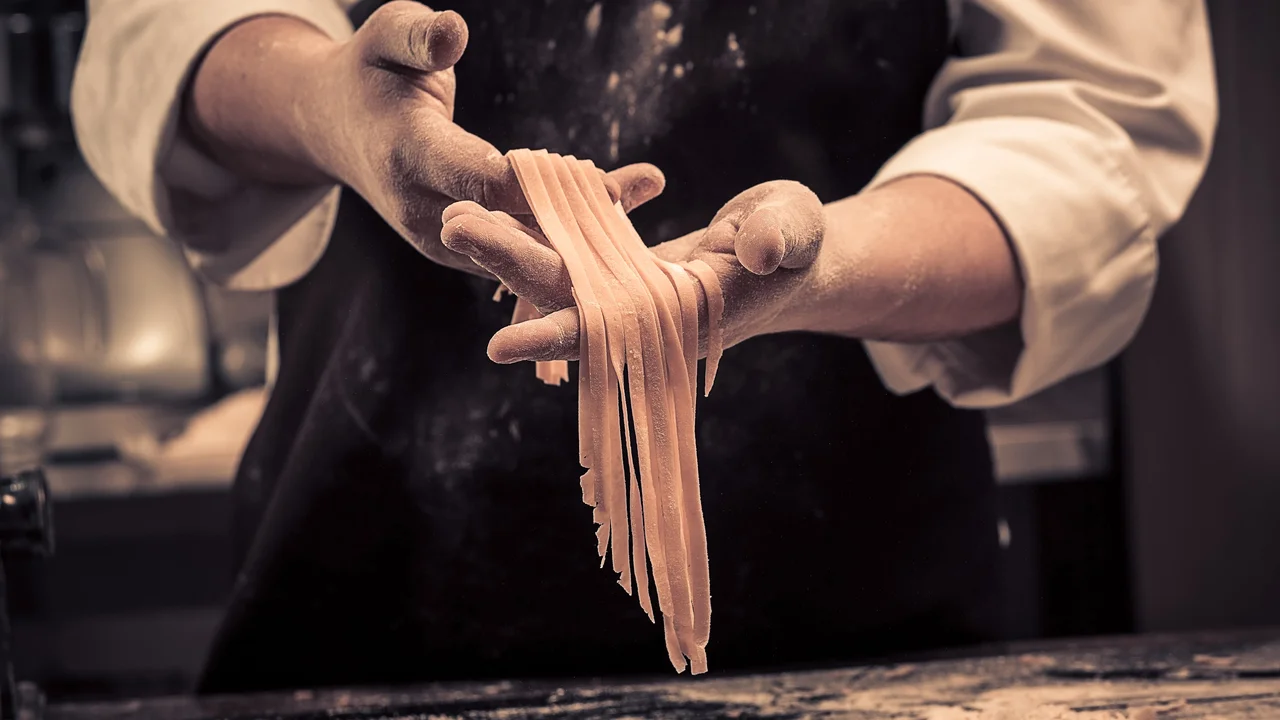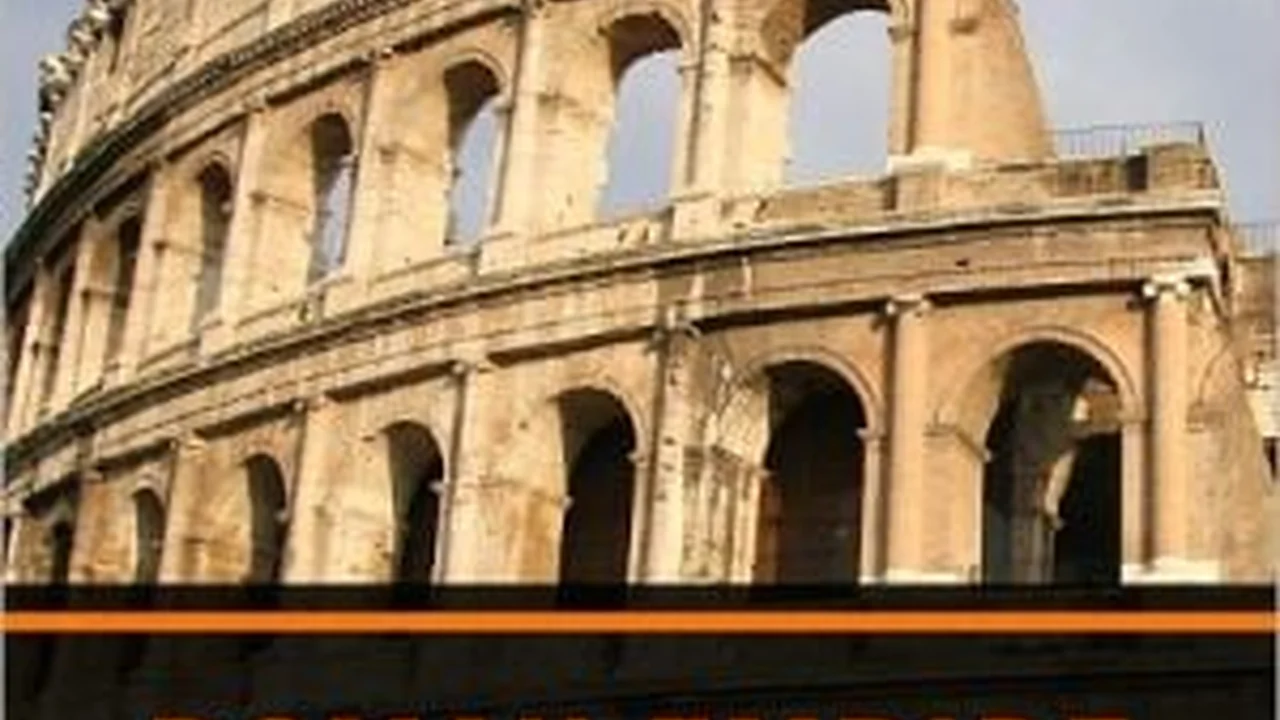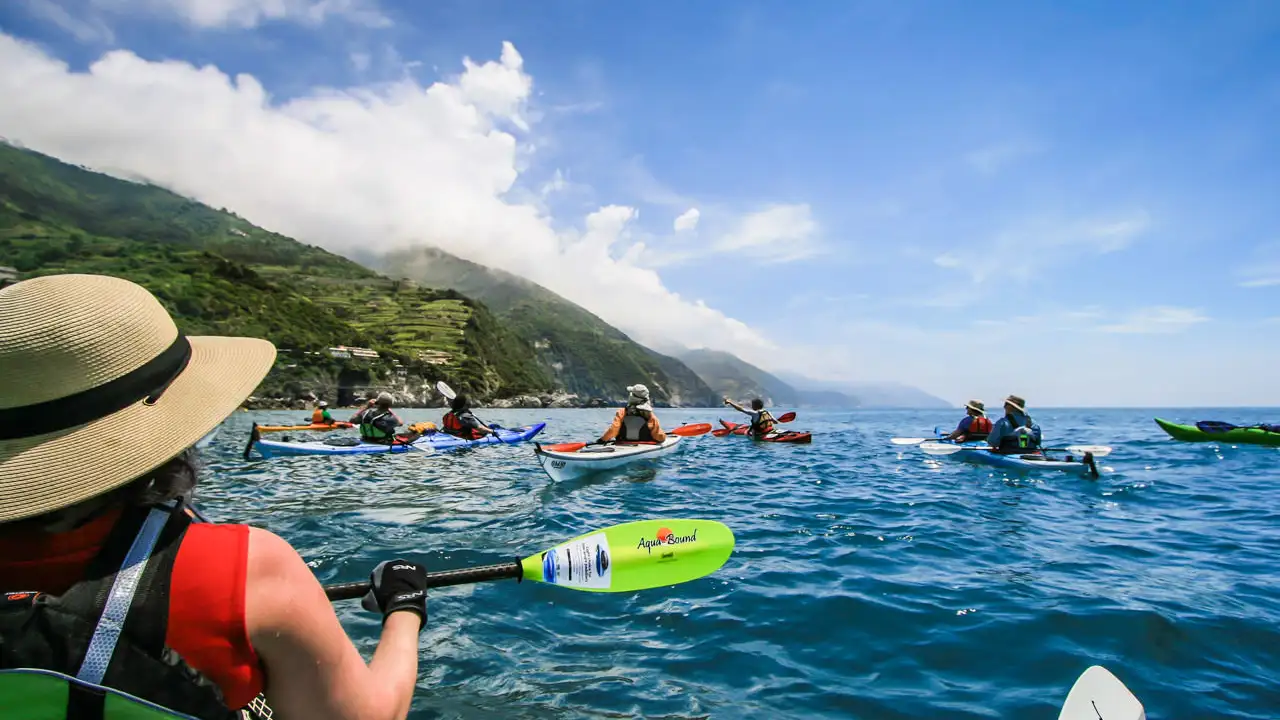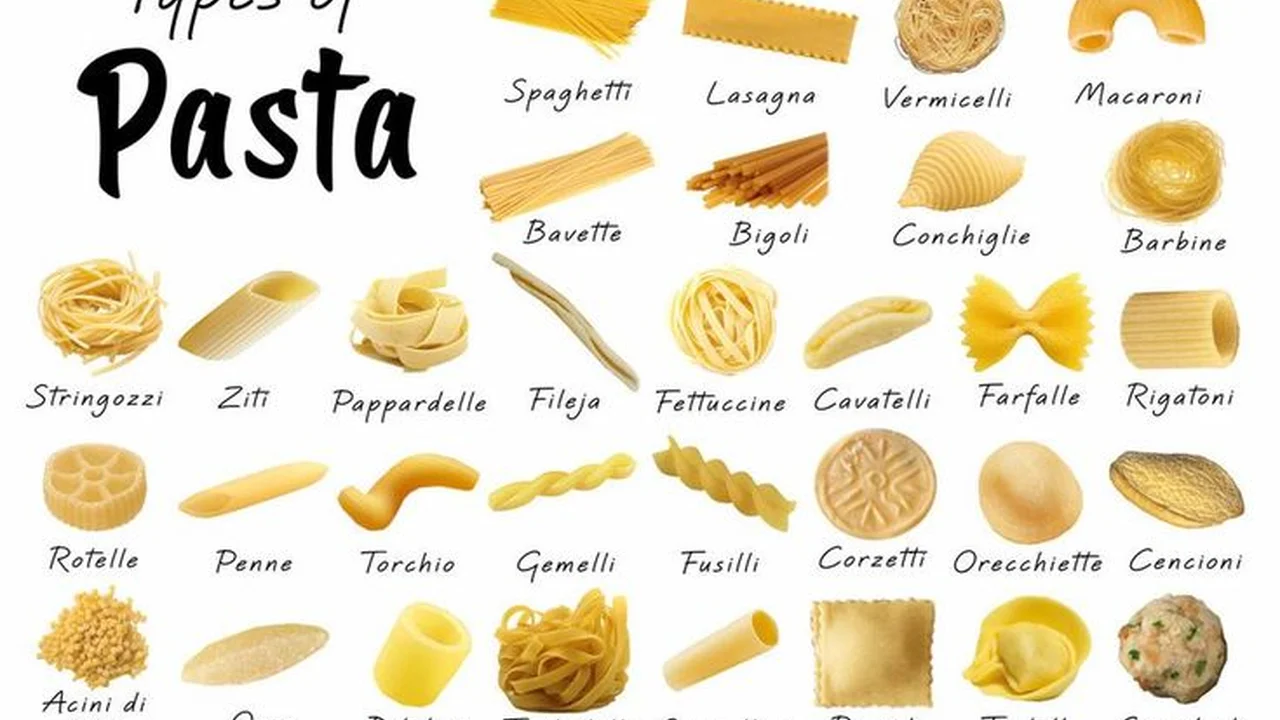Italy Travel Budget: How Much Does a Trip Cost?
Planning your first trip to Italy? Worried about the cost of traveling to Italy? This guide breaks down the expenses. Learn how to budget for accommodation, food, and activities. Travel smart and enjoy Italy without breaking the bank.
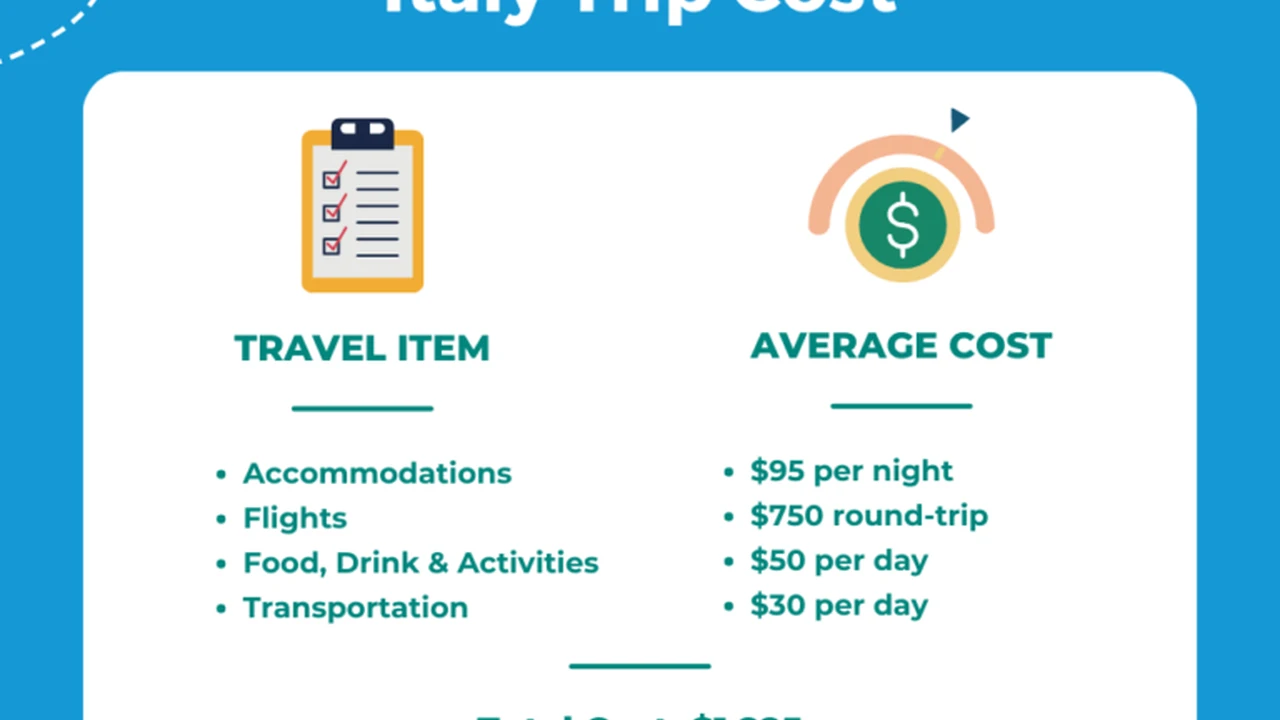
Understanding the Core Costs of an Italy Trip Budget
So, you're dreaming of Italy – pasta, ancient ruins, stunning coastlines. But then reality hits: how much is this actually going to *cost*? Don't worry, you're not alone. Italy can be done on a budget, but it's crucial to understand where your money goes. This guide breaks down the major expense categories so you can plan a trip that fits your wallet.
Accommodation Costs in Italy Budget Options
Accommodation is a big chunk of any travel budget. Here's a look at different options and what you can expect to pay:
- Hostels: The most budget-friendly choice, especially for solo travelers. Expect to pay around $25-$45 per night for a dorm bed.
- Budget Hotels: Look for 2-3 star hotels or guesthouses. Prices range from $70-$120 per night, depending on the location and season.
- Mid-Range Hotels: Offering more comfort and amenities, these hotels typically cost $130-$250 per night.
- Apartments (Airbnb/VRBO): A great option for families or groups. You can find apartments for $80-$200+ per night, often with kitchen facilities.
- Luxury Hotels: If you're looking to splurge, expect to pay $300+ per night for 4-5 star hotels with premium services.
Pro Tip: Travel during the shoulder season (April-May or September-October) for lower prices and fewer crowds.
Food and Drink Expenses Italy Budget Breakdown
Food is a highlight of any trip to Italy, but it can also add up quickly. Here's a breakdown of what to expect:
- Budget Eats: Grab a slice of pizza ($3-$5), a panini ($5-$8), or pasta from a takeaway place ($8-$12). Visit local markets for fresh produce and snacks.
- Trattorias & Osterias: These traditional restaurants offer good value for money. Expect to pay $15-$30 for a meal.
- Restaurants: More upscale restaurants can cost $30-$50+ per person.
- Drinks: A cappuccino costs around $2-$3, a glass of wine $4-$7, and a beer $5-$8.
- Groceries: If you're staying in an apartment, cooking some of your own meals can save you a lot of money.
Recommendation: Look for the "menu turistico" (tourist menu) offered at some restaurants, which includes a fixed-price meal with several courses.
Transportation Costs Navigating Italy on a Budget
Getting around Italy can be done in a variety of ways, each with its own cost:
- Trains: An efficient and affordable way to travel between cities. Book in advance for the best prices. A high-speed train from Rome to Florence can cost $50-$100.
- Buses: A cheaper alternative to trains, especially for smaller towns and rural areas.
- Rental Cars: Provides flexibility, but can be expensive with rental fees, gas, tolls, and parking. Expect to pay $30-$60+ per day.
- Public Transportation (Local): Buses and metros within cities are relatively inexpensive. A single ticket typically costs $1.50-$2.
- Walking: The best (and cheapest!) way to explore many Italian cities.
Specific Product Recommendations:
- Trenitalia App: For booking train tickets throughout Italy. It’s user-friendly and often offers discounted fares. Example: A Rome to Venice ticket booked 3 weeks in advance could be $60 instead of $90.
- Citymapper App: Excellent for navigating public transportation in major Italian cities. It provides real-time information and route suggestions.
Activities and Sightseeing Budget Friendly Italy
Entrance fees to museums, historical sites, and attractions can quickly add up. Here's how to manage those costs:
- Free Activities: Explore parks, wander through piazzas, visit churches (many are free), and enjoy the atmosphere.
- Discount Cards: Consider purchasing a city pass or museum pass if you plan to visit many attractions. The Roma Pass in Rome, for example, can save you money on entrance fees and public transportation.
- Free Museum Days: Many museums offer free admission on certain days of the month.
- Book in Advance: Booking tickets online can sometimes save you money and allows you to skip the line.
Recommendation: Prioritize the attractions you *really* want to see and skip the ones that don't interest you as much.
Example Italy Trip Budgets: From Shoestring to Splurge
Let's look at some example budgets for a 7-day trip to Italy:
- Budget Traveler: $70-$100 per day
- Accommodation: Hostels or budget guesthouses
- Food: Pizza slices, panini, cooking some meals
- Transportation: Trains (booked in advance), local buses, walking
- Activities: Free activities, limited paid attractions
- Mid-Range Traveler: $150-$250 per day
- Accommodation: 3-star hotels or Airbnb apartments
- Food: A mix of trattorias and restaurants
- Transportation: Trains, rental car for a few days
- Activities: More paid attractions, tours
- Luxury Traveler: $300+ per day
- Accommodation: 4-5 star hotels
- Food: High-end restaurants
- Transportation: Private transfers, taxis
- Activities: Private tours, exclusive experiences
Specific Product Recommendations for Saving Money
- Rick Steves Italy Guidebook: (Around $25) This guidebook offers excellent budget-friendly travel tips, including recommendations for affordable restaurants and accommodations. It also provides valuable information on free activities and walking tours.
- Portable Luggage Scale: (Around $15) Avoid overweight baggage fees by weighing your luggage before heading to the airport. This is especially important for budget airlines with strict weight limits.
- Travel Adapter: (Around $10) Italy uses Type L and Type C plugs. A universal travel adapter will ensure you can charge your devices.
Unexpected Expenses and How to Prepare Italy Travel Costs
It's always a good idea to factor in some extra money for unexpected expenses, such as:
- Souvenirs: Set a budget for souvenirs and stick to it.
- Tips: Tipping is not as common in Italy as it is in the US, but it's customary to round up the bill at restaurants or leave a small tip for good service.
- Tourist Taxes: Some cities charge a tourist tax per night, which is usually paid directly to the hotel.
- ATM Fees: Check with your bank about international ATM fees before you travel.
Comparison of Travel Styles and Associated Costs Italy
Let's compare two different travel styles and their potential costs for a 10-day trip:
| Travel Style | Accommodation | Food | Transportation | Activities | Estimated Total Cost |
|---|---|---|---|---|---|
| Backpacker (Hostels, Street Food, Trains) | $300 | $400 | $200 | $100 | $1000 |
| Comfort Traveler (3-Star Hotels, Restaurants, Rental Car) | $1200 | $800 | $500 | $300 | $2800 |
Important Note: These are just estimates. Your actual costs may vary depending on your travel style, the time of year, and the specific destinations you visit.
Money-Saving Tips for an Italy Trip Budget
Here are some final tips for saving money on your Italy trip:
- Travel during the off-season (November-March) for the lowest prices.
- Book flights and accommodation in advance.
- Take advantage of free activities.
- Eat like a local – try street food and local markets.
- Use public transportation whenever possible.
- Consider purchasing a city pass or museum pass.
- Learn some basic Italian phrases.
- Be aware of tourist traps and avoid them.
With careful planning and budgeting, you can experience the magic of Italy without breaking the bank. *Buon viaggio!*
:max_bytes(150000):strip_icc()/277019-baked-pork-chops-with-cream-of-mushroom-soup-DDMFS-beauty-4x3-BG-7505-5762b731cf30447d9cbbbbbf387beafa.jpg)



